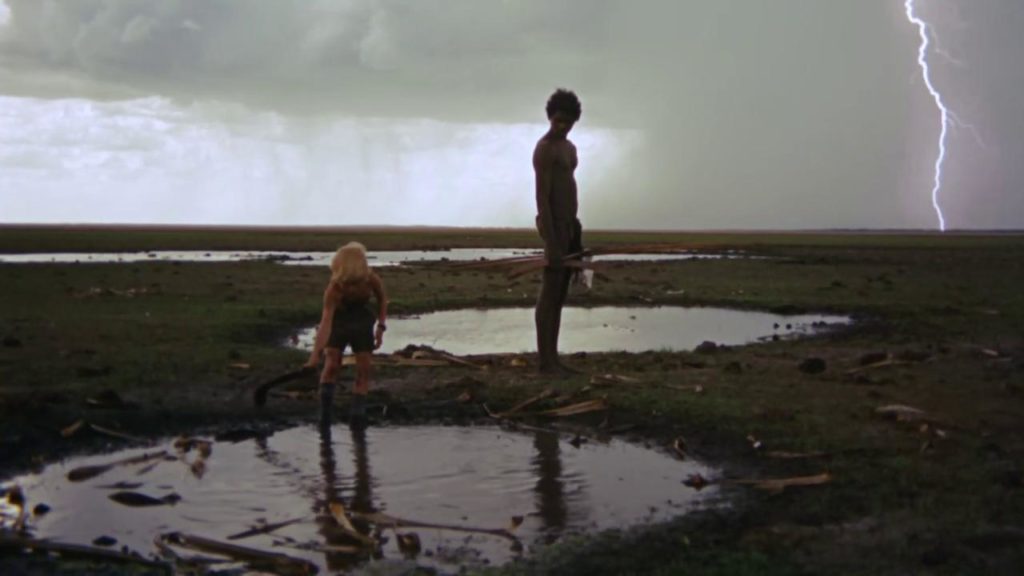Movie of the week: “Walkabout”
Prehistory meets Civilization
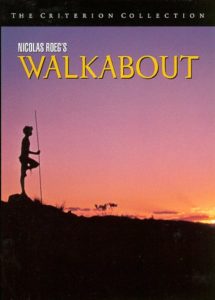 It has been a long time since I express my admiration for Australian cinema, even before world hits like “Mad Max” and “Priscilla – The Queen of the Desert”. In addition to a degree of audacity unthinkable for the hypocrite Hollywood, Australian cinema has always excelled in photographic technique – and it helps a lot the exuberance of landscapes, fauna and flora of that exotic country. All these characteristics are present in “Walkabout” (1971, AUS).
It has been a long time since I express my admiration for Australian cinema, even before world hits like “Mad Max” and “Priscilla – The Queen of the Desert”. In addition to a degree of audacity unthinkable for the hypocrite Hollywood, Australian cinema has always excelled in photographic technique – and it helps a lot the exuberance of landscapes, fauna and flora of that exotic country. All these characteristics are present in “Walkabout” (1971, AUS).
This film is based on the book The Children by James Vance Marshall, who is also the author of three other books that have been turned into films: “Santa Fe” (1951), “The Island of the Top of the World” (1974) and “The Golden Seal” (1983).
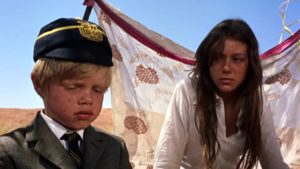 The book, first published in 1959 with only 125 pages, tells the incredible journey of two brothers, survivors of an air disaster, who are helped by a young Aboriginal. In the book, Vance makes an exquisite description of the desert, its main features, fauna and flora, and explore to perfection the clash between cultures.
The book, first published in 1959 with only 125 pages, tells the incredible journey of two brothers, survivors of an air disaster, who are helped by a young Aboriginal. In the book, Vance makes an exquisite description of the desert, its main features, fauna and flora, and explore to perfection the clash between cultures.
Curiously, this was one of the few cases when the film version got even better than the original story. In addition to transforming into images and sounds all the rich description of nature contained in the book, the film scripted by Edwar Bond and directed by Nicolas Roeg has managed to go further, exploring a sexual tension between the characters.
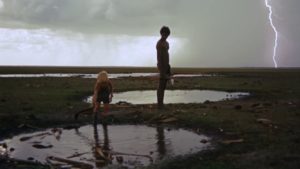 The title refers to the obligatory journey that every young man of his tribe had to do, wandering for months in the Australian desert, and depending only on his own resources to survive.
The title refers to the obligatory journey that every young man of his tribe had to do, wandering for months in the Australian desert, and depending only on his own resources to survive.
In the film, the teenager Mary (Jenny Agutter) and her six-year-old brother, Peter (Luc Roeg) get lost in the wilderness after their father has a fit of madness and tried to kill them, after driving aimlessly until fuel is over.
Fleeing desperately to save their lives, the brothers walk through the Australian wilderness with no idea where they were or where they should go. Middle-class urban boys, they had no idea how to survive in such a hostile environment.
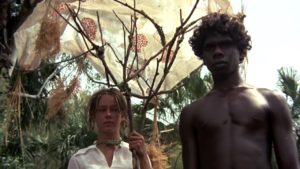 Chance makes them find an Aboriginal (David Gulpilil), also a teenager, who has never seen a white person in his entire life.Despite the difficulty of communication, he understands that the two know nothing of the desert, and takes them under his responsibility.The trio undertake a long journey through the desert, facing natural difficulties, and learning each other.
Chance makes them find an Aboriginal (David Gulpilil), also a teenager, who has never seen a white person in his entire life.Despite the difficulty of communication, he understands that the two know nothing of the desert, and takes them under his responsibility.The trio undertake a long journey through the desert, facing natural difficulties, and learning each other.
The film presents some differences in relation to the book, rearranging some events that made the story more fluid and coherent. In addition, the screenwriter added, in a subtle and delicate way, a growing sexual tension perfectly believable, since they were two teenagers in full awakening of sexuality.
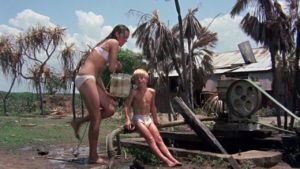 However, even with some nudity scenes there is nothing that can offend someone’s sensitivity. In this aspect, the film was very daring to show the nudity of young actors, being the youngest one director’s own son. In fact, although they looked younger, both Jenny Agutter and David Gulpilil were already over eighteen at the time of the movie.
However, even with some nudity scenes there is nothing that can offend someone’s sensitivity. In this aspect, the film was very daring to show the nudity of young actors, being the youngest one director’s own son. In fact, although they looked younger, both Jenny Agutter and David Gulpilil were already over eighteen at the time of the movie.
After this film, the young people continued their careers in the cinema. Luc Roeg dedicated to movies production, and has already an extensive career, being the most known “We Must Speak About Kevin”. David Gulpilil, though limited to Aboriginal roles, has many actuations in cinema and TV, such as “The Right Stuff”, “Crocodile Dundee,” “Australia,” and the excellent “Rabbit-Proof Fence”.
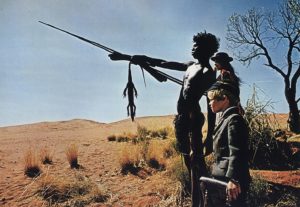 Jenny Agutter, who started her career at the age of twelve, also appeared in many famous films such as “Logan’s Run”, “An American Werewolf in London”, “Darkman”, “The Avengers”, “Captain America 2: The Winter Soldier” and “Queen of the Desert”.
Jenny Agutter, who started her career at the age of twelve, also appeared in many famous films such as “Logan’s Run”, “An American Werewolf in London”, “Darkman”, “The Avengers”, “Captain America 2: The Winter Soldier” and “Queen of the Desert”.
But in addition to the interesting story, with the evident clash of cultures, the film delights with the beautiful locations, precious details of the Australian fauna and flora, and the beautiful soundtrack of John Barry, which gives an extra impact to the different stages of the film.We can see wild dromedaries, kangaroos, koalas, platypus and many other strange animals, some of then whith a prehistoric look.
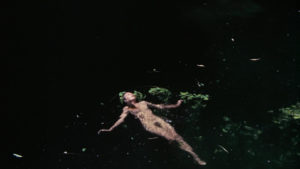 Also included were some situations that are not in the book, showing the stark contrast between the primitive environment and the scientific world. There is also a critical view of how the white man related to aborigines – at the time of the film there was still a state policy for forced miscegenation, which would only be abolished in 1975.
Also included were some situations that are not in the book, showing the stark contrast between the primitive environment and the scientific world. There is also a critical view of how the white man related to aborigines – at the time of the film there was still a state policy for forced miscegenation, which would only be abolished in 1975.
“Walkabout” is an interesting film in many ways, not only showing the clash of cultures, but also as an example of an exceptional film school, capable of producing several small masterpieces.
Original title: “Walkabout”

